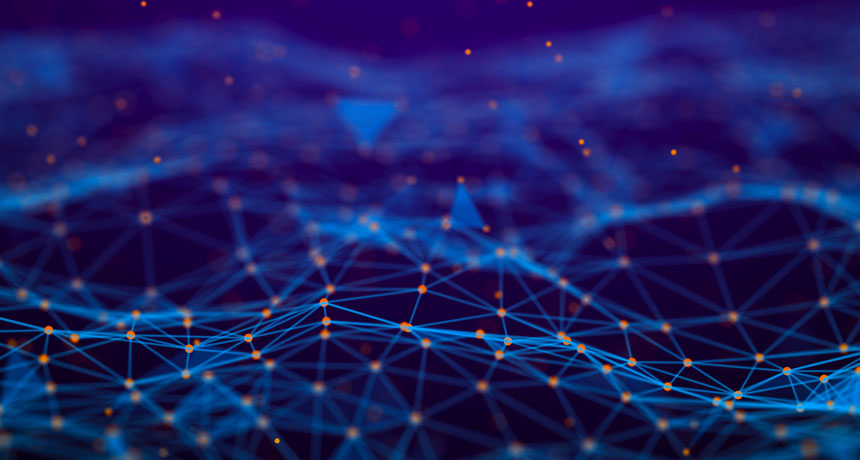Why a data scientist warns against always trusting AI’s scientific discoveries
Data-mining algorithms aren’t good at communicating uncertainty in results, Genevera Allen says

MACHINE EUREKA It’s risky to take scientific discoveries made by AI at face value until these computer programs get better at assessing their own uncertainty, says data scientist Genevera Allen.
Dmytro Vikarchuk/Shutterstock